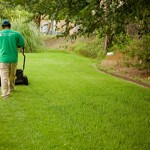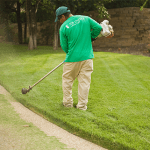Beautiful lawns look great, cool our environment, and create useable space to walk and play. Keeping your lawn healthy and happy is the first step toward having a great-looking yard. In some places in the world, having a great lawn happens almost naturally with minimal effort. Unfortunately, having a great lawn here in central Texas is a little more complicated.
Lawns need food, water, and proper maintenance. It sounds simple enough until factor in all the variables that can impact your lawn...
- The type of grass planted in your lawn
- The microclimate the grass is growing in
- The condition of the soil
- The quality and frequency of lawn maintenance
- And much much more!
Fortunately, grass is forgiving. Small positive steps will go a long way towards the results you are looking for. Grass does not need a perfect growing environment, but it does need “good enough.”
Here at Top Choice Lawn Care, we help with all the basics: irrigation, fertilization, and lawn mowing. Irrigation covers the water needs of a lawn. Fertilization, combined with sunlight, allows the grass to produce food. Lawn mowing helps manicure and promote good growth in the lawn.
How to win your lawn: 17 common FAQs
What height should I mow my grass?
St. Augustine
3.5–4 inches
Raise to 4+ inches in shaded areas
Never scalp—it needs surface area to photosynthesize.
Bermuda
1.5–2 inches for Common
1–1.5 inches for Hybrid (TifTuf, Tifway)
Zoysia
1.5–2 inches for Zeon/Emerald
2–2.5 inches for Palisades
The golden rule: Never cut more than 1/3 of the blade at once. Cutting too short stresses the roots and weakens your lawn.
How often should I mow?
St. Augustine
Every 7–10 days*
Bermuda
Every 5–7 days*
Zoysia
Every 7–10 days*
Ideal for spring and summer: see photo below.

Do I need sharp mowing blades?
Absolutely. We sharpen ours every week.
Dull blades tear grass instead of cutting it, which causes browning and increases disease risk.
Why does my lawn look uneven after mowing?
Uneven soil and compacted areas make the mower bounce, especially if the grass is growing unevenly.
Poor drainage or inconsistent mowing patterns can also make the lawn look patchy.
Solution: A couple of rounds of top dressing can help level your lawn and improve soil structure over time.
Should I mulch or bag my clippings?
We recommend mulching your clippings.
Our mowers finely chop them so they decompose quickly, returning nutrients to the soil.
People from northern climates often think bagging is better—but in Central Texas, mulching is almost always the right move.
Bagging is only helpful in extreme cases (e.g., when grass is very tall or wet and clumps heavily).
Do I need to worry about thatch?
Very rarely. Thatch is a layer of organic material between the grass and soil.
Most Central Texas lawns don’t produce enough thatch to cause a problem—especially not Bermuda or St. Augustine.
Occasionally, very lush Zoysia lawns (with lots of water and fertilizer) can develop some, but it’s uncommon.
How much should I water?
Aim for 1 inch per week, including rain.
Water deeply, 2–3 times per week, in the early morning.
Want a better plan? Check out our irrigation tips.
Why won’t this spot grow anymore?
Common causes:
More shade than in years past (tree grew bigger)
Heavy foot traffic (kids, pets, trash cans)
Poor drainage or compacted soil
Irrigation coverage issues
Solution:
Adjust irrigation, reduce traffic, or consider sod or shade-friendly plants for long-term solutions.
What’s the best way to feed my lawn?
Top dressing with high-quality compost in spring and fall builds long-term soil health.
Throughout the year, use fertilizers matched to your turf type and season.
Can I seed my bare spots?
Only if you have common Bermuda.
St. Augustine and Zoysia must be re-established with sod—their seed doesn’t germinate effectively.
Can mowing help reduce weeds?
Yes. Regular mowing stops weeds from flowering and going to seed.
It’s a simple but important layer of weed control.
Do I need to alternate mowing patterns?
Yes. Alternating patterns helps prevent soil compaction and encourages grass to grow upright rather than lean.
You don’t have to be perfect, but change directions every few cuts.
Is it okay to mow when the grass is wet?
Depends on the yard.
If it drains well, mowing after light rain is fine.
But in soggy or low spots, mowing can damage turf and create a mess.
In extreme cases, it can cause compaction or rutting.
What does lawn mowing do for my grass?
Un-mowed grass is just… grass. Mowing transforms grass into a lawn.
Mowing does much more than just cut the grass short; it promotes the growth and creation of “turf.” Turf is thickly grown grass — so thick that it holds the soil in place, chokes out non-grass plant life, and can stand up to abuse and wear and tear.
When the grass is cut, it does two important things: it limits the plant's vertical growth, and it allows sunlight to reach the entire lawn evenly. Plants only grow when they have light, and tall grass will shade out and restrict growth closer to the soil. Cut short, the grass will fill in and form a dense turf.
Why is weekly mowing better?
Weekly lawn mowing helps reduce stress on your lawn. Every time your grass is cut it will suffer some form of stress. Physically cutting off a portion of the lawn is damaging the lawn. The damages are proportional to the amount of grass removed. When the lawn is mowed weekly, only a small portion of the lawn is removed, and stress is minimal. Every other week mowing cuts off a larger portion of the lawn and causes more stress. Mowing less often can cause even more stress.
Long mow intervals are only appropriate for non-turf grasses, like the wild grasses that grow in unlandscaped areas.
What is lawn edging?
Edging a lawn is simply trimming the horizontal grass growth at the edges of the lawn. This includes grass that grows along the edges of driveways or sidewalks where the edging is mostly to make the lawn look clean and sharp. It also includes edging around planting beds.
Edging around the planting beds will also help stop grass from growing into areas where you do not want grass. St. Augustine and Bermuda can spread quickly into bed spaces if the lawn is not edged. Both grasses spread by sending runners out over the top of the soil. A quick trim with an edger is often enough to keep the lawn and beds separate and clean.
Zoysia spreads under the ground and needs a good barrier to stop its spread, but the edging keeps the Zoysia looking sharp.
Anything else I should do to improve my lawn?
If you want to win the long game, consider aeration and top dressing.
Aeration breaks up compacted soil and improves oxygen flow to the roots.
Top dressing adds nutrients and helps level uneven areas.
More on aeration and top dressing
How much does lawn mowing in Austin cost?
Every yard is different, so we base our fees on the amount of mowing and edging required. In many cases, we can provide a fast estimate simply based on satellite imagery of your address. Here are a few examples of typical lawn care packages in Austin.
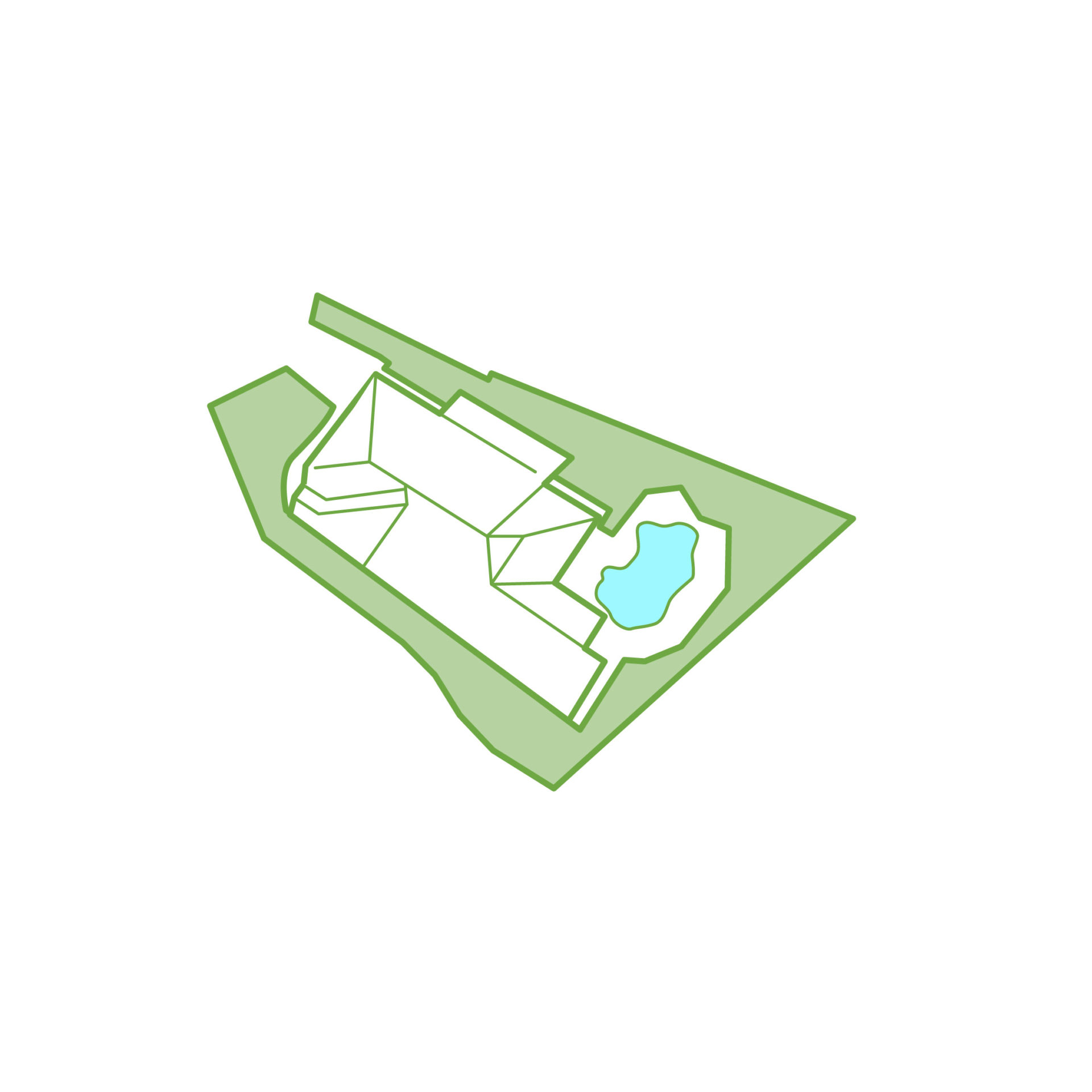
Smaller
$50-$65
Neighborhood: Circle C
Approximate square footage of turf: 5k-7k
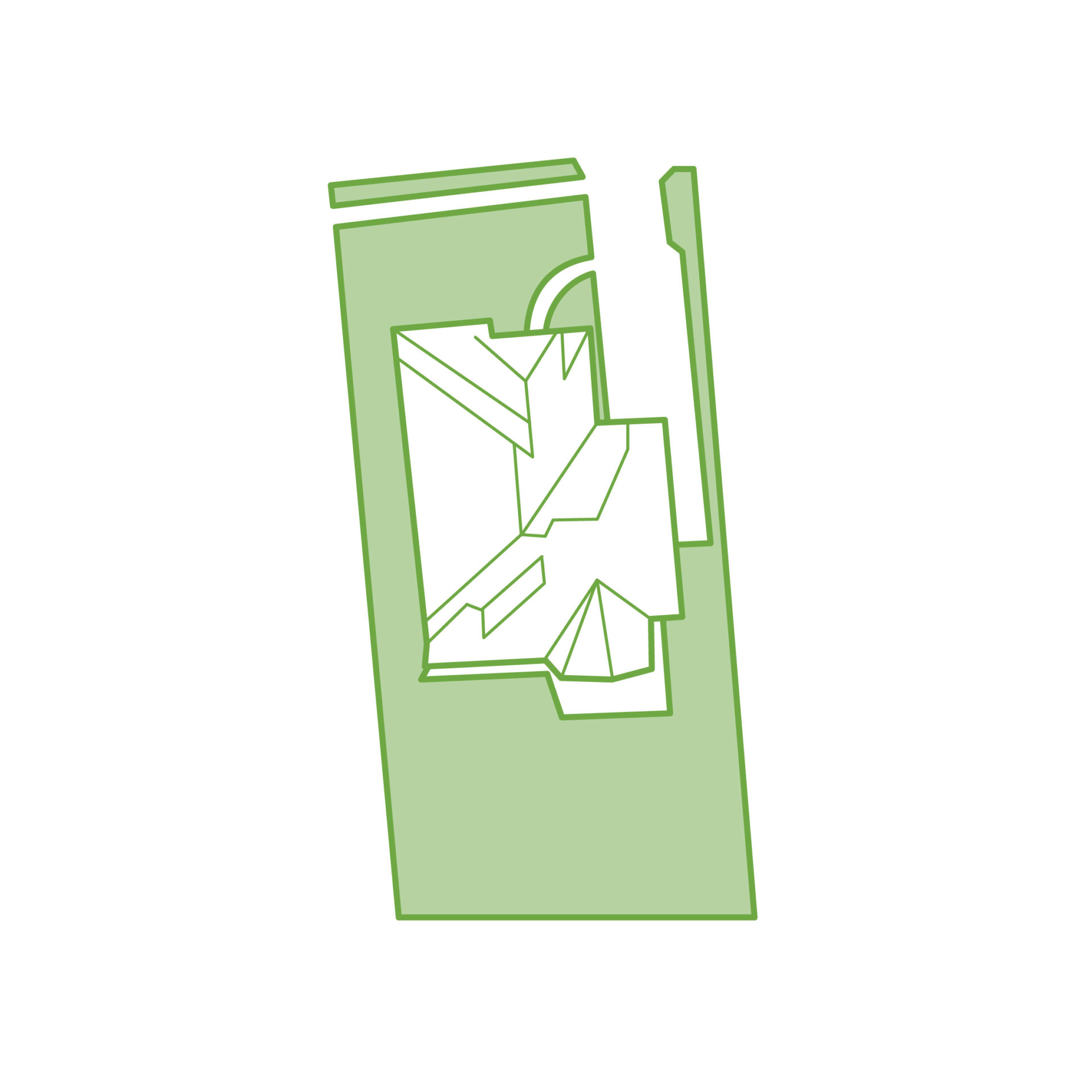
Medium
$65-$80
Neighborhood: Belterra
Approximate square footage of turf: 75-10k
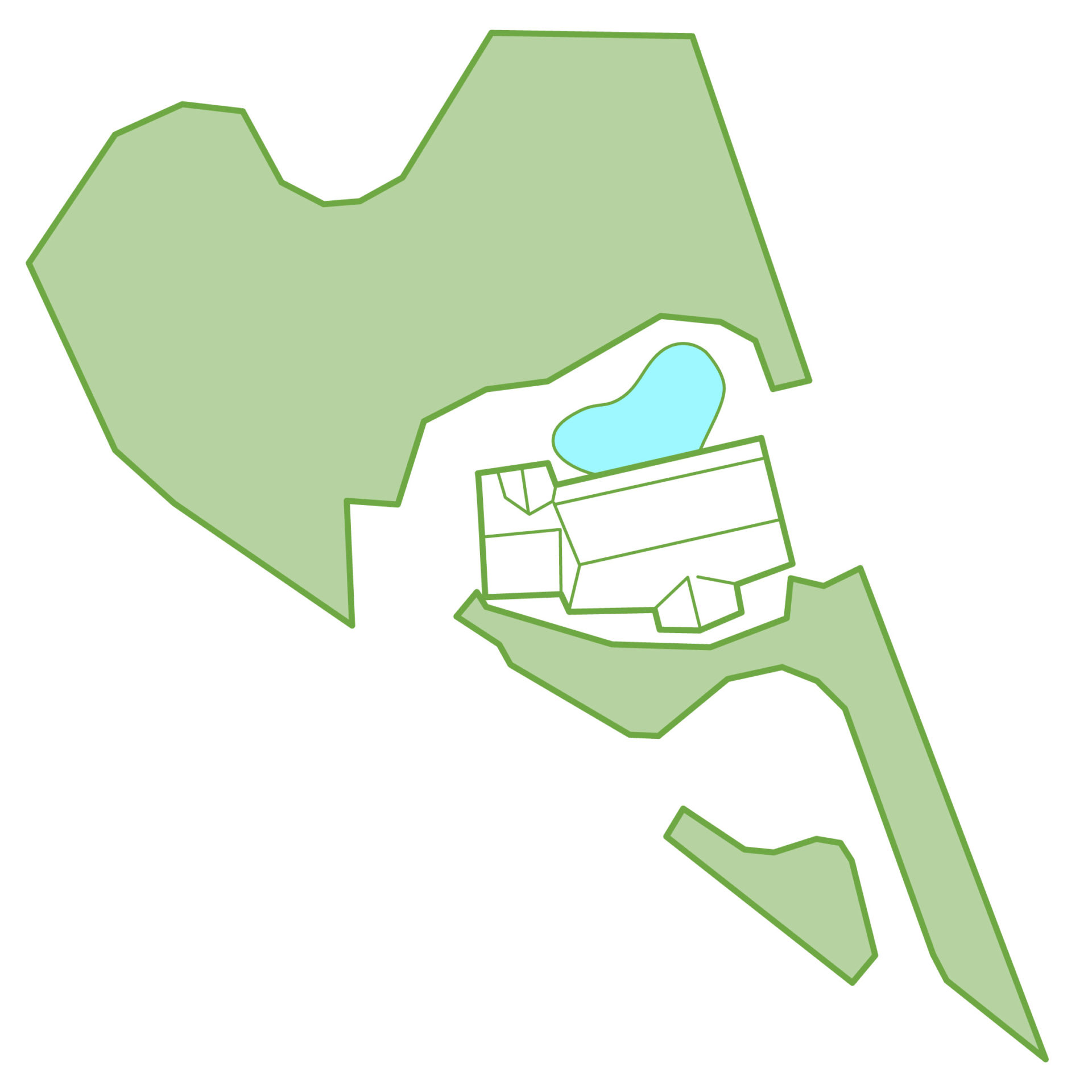
Large
$80+
Neighborhood: Barton Creek
Approximate square footage of turf: 10K+ ("muy muy grande")




